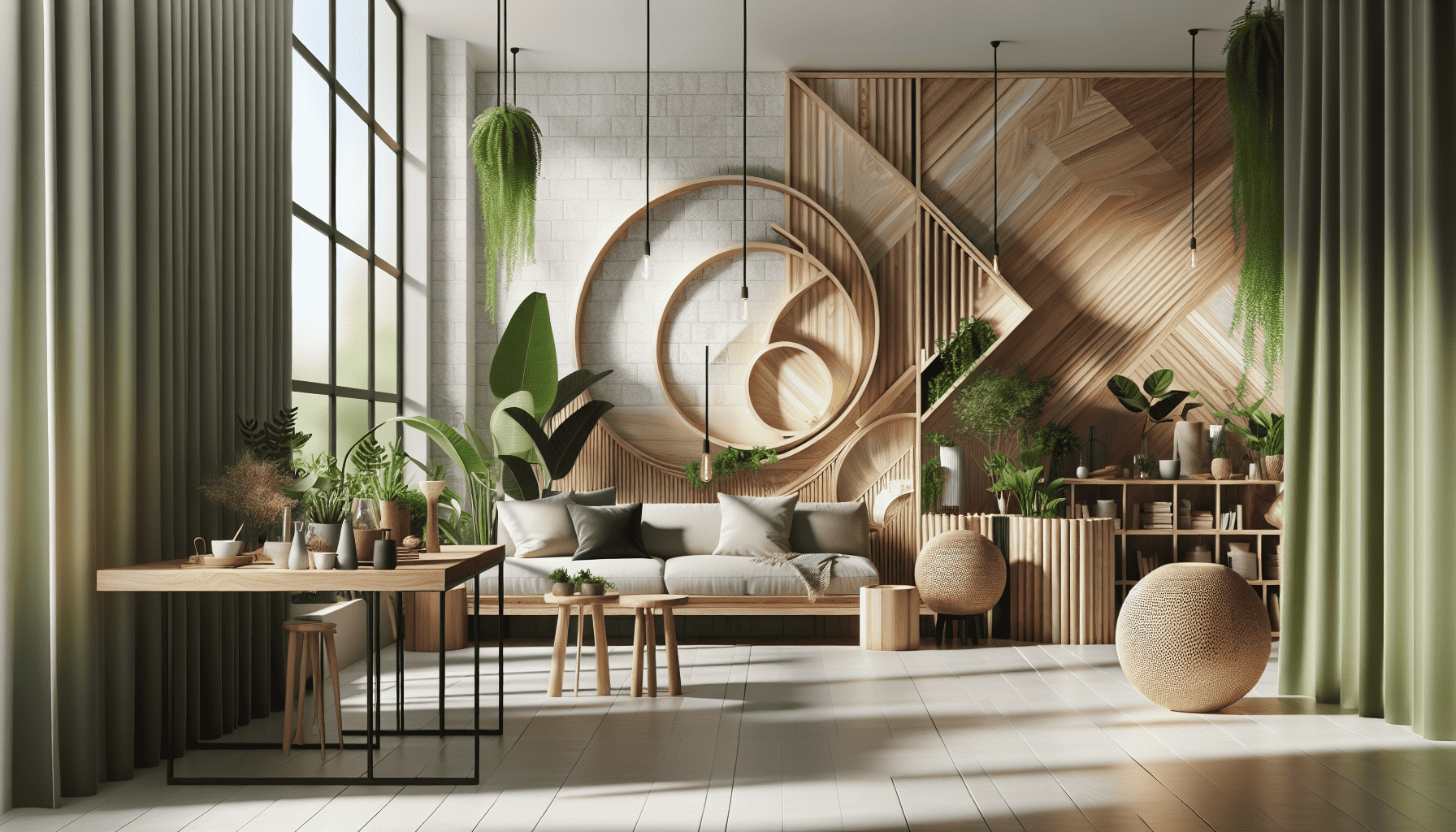In recent years, the move towards eco-friendly designs has become a prominent trend in the world of fashion, architecture, and interior design. As consumers become more environmentally conscious, there is a growing demand for products that incorporate sustainable materials without sacrificing style or comfort. This shift is driven by a desire to reduce environmental impact while still enjoying high-quality, aesthetically pleasing designs. Here are some ways in which sustainable materials are being integrated into designs, ensuring both ecological responsibility and trendy appeal.
One of the most exciting developments in sustainable design is the rise of innovative materials that are both eco-friendly and versatile. Bamboo, for instance, has gained popularity due to its rapid growth rate and durability. It is used in everything from flooring and cabinetry to furniture and accessories, offering a sleek, modern look that is both functional and fashionable. Likewise, the use of reclaimed wood not only conserves natural resources but also adds character and rustic charm to any space.
Textiles have also seen a green revolution. Organic cotton, linen, and hemp are taking center stage in the world of home furnishings and fashion. These fabrics are grown without harmful pesticides and chemicals, ensuring a safer product for consumers and the planet. Additionally, brands are exploring innovative materials like Tencel, a fiber made from sustainable wood sources, which offers a soft, luxurious feel perfect for clothing and bedding.
Another significant movement in eco-friendly design is the emphasis on recycling and upcycling. Designers are finding creative ways to repurpose materials, transforming what might otherwise be waste into beautiful, functional products. For instance, recycled glass is being used to create stunning countertops and tiles, offering a unique and vibrant alternative to traditional options. Similarly, artisan craftspeople are transforming discarded textiles into stylish, patchwork rugs and pillows.
In the world of fashion, brands are stepping up their sustainability game by adopting circular production methods. This involves creating products designed to have a longer lifecycle, as well as implementing take-back programs to ensure garments can be recycled or repurposed at the end of their life. By designing with the end in mind, these companies reduce waste and provide consumers with a guilt-free fashion experience.
Eco-friendly design also extends to the realm of technology, where advances in smart home systems contribute to a sustainable lifestyle. Solar panels, energy-efficient appliances, and water-saving devices are more refined than ever. These technologies not only reduce energy consumption but also seamlessly integrate into modern homes, offering convenience without compromising on aesthetics.
As this trend continues to evolve, it also presents opportunities for individuals to express their creativity through personalization. Customization allows consumers to choose the materials and designs that best suit their values and preferences, resulting in a truly personalized and environmentally sustainable living space.
Ultimately, the movement towards eco-friendly designs that incorporate sustainable materials without sacrificing style or comfort is more than just a passing trend; it is a crucial step towards a more sustainable world. By embracing these practices, designers and consumers alike are helping to create a future where style and sustainability coexist harmoniously, making it possible to lead a fulfilling and eco-conscious lifestyle.
